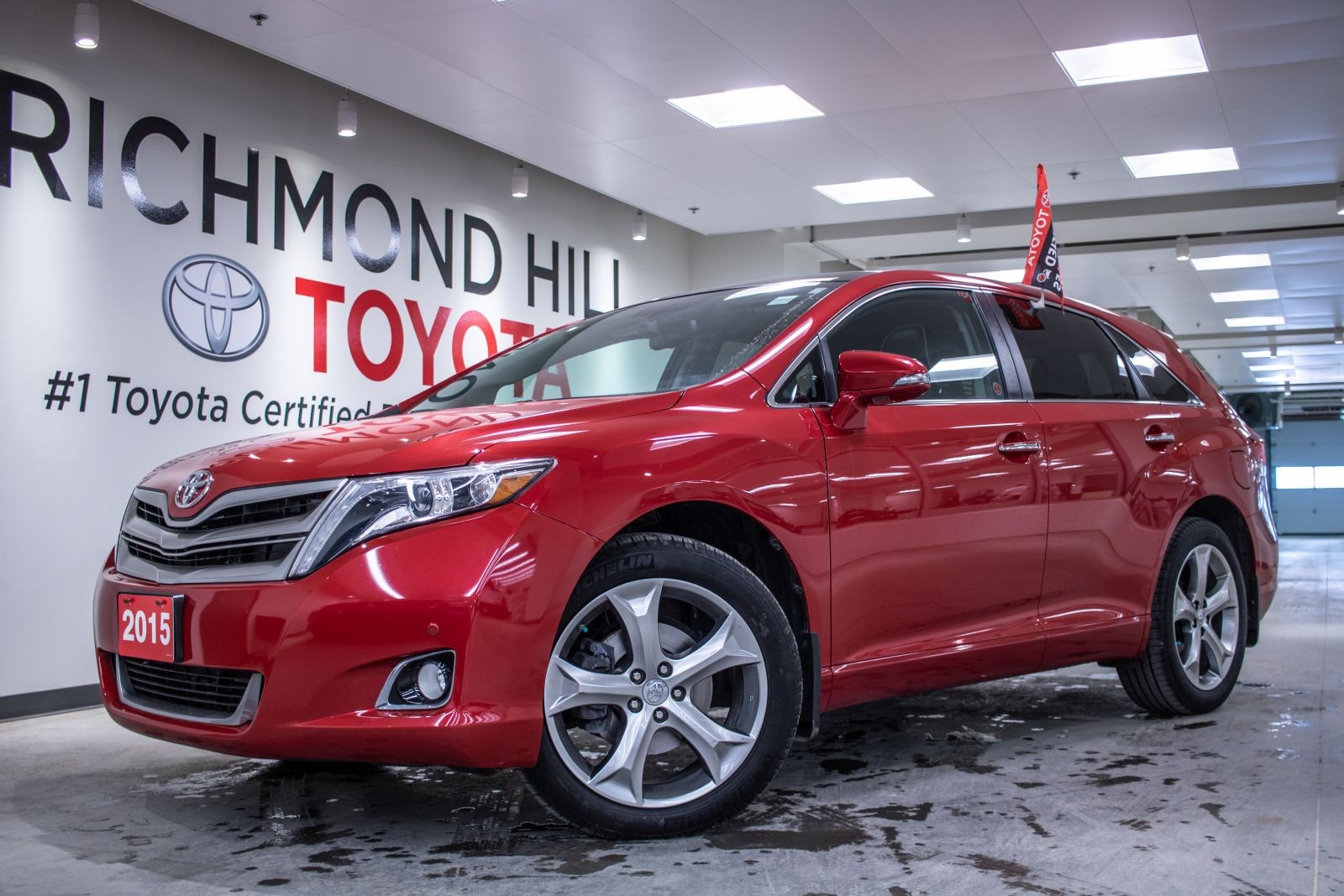^ this.
This is also one of the biggest hurdles I face with stock photos, because they don't do trim specific interior photos.
This becomes a huge problem when you get into things like Ford Sync that comes in 3-4 versions, different screen sizes, etc.
You need accurate interior photos because that's where the customer spends their time while driving and those are the features they want to know about.
This is also one of the biggest hurdles I face with stock photos, because they don't do trim specific interior photos.
This becomes a huge problem when you get into things like Ford Sync that comes in 3-4 versions, different screen sizes, etc.
You need accurate interior photos because that's where the customer spends their time while driving and those are the features they want to know about.









